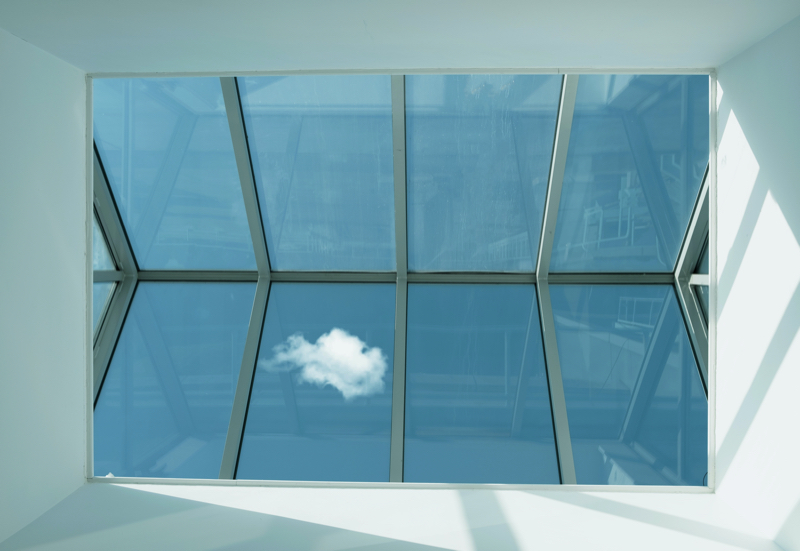
Skylights are an excellent addition to your home, providing natural light, ventilation, and a unique aesthetic appeal. Before installing a skylight, it is important to consider various factors to make sure a successful and efficient installation. This guide will provide you with important information and considerations to help you make informed decisions before installing a skylight in your lovely home.
Determine the Purpose and Placement:
Start by determining the purpose of your skylight. Are you looking to add natural light, improve ventilation, or enhance the aesthetic appeal of a specific room? Understanding the purpose will guide your decision-making process. Additionally, consider the placement of the skylight. Assess the room’s layout, the direction of sunlight, and any potential obstacles such as trees or adjacent buildings that may obstruct light or ventilation.
Evaluate Roofing Conditions:
Evaluate the condition of your roof before installing a skylight. Ensure that your roof is structurally strong and capable of supporting the skylight. Consider the slope and material of your roof, as some materials may require additional support or modifications. It is advisable to consult with a professional roofer to assess the integrity of your roof and determine the best location for the skylight installation. The type of roofing materials and their color can affect how much sunlight is absorbed or reflected. Dark-colored roofs tend to absorb more heat and sunlight, while lighter-colored or reflective roofs reflect more sunlight. This can impact the temperature inside your home or building. Obstructions such as nearby trees, buildings, or tall structures can cast shadows on your roof, reducing the amount of sunlight it receives. Evaluate the surrounding environment to identify any obstructions that may impact sunlight exposure.
Choose the Right Type of Skylight:
Skylights come in various types, including fixed, ventilating, tubular, and flat roof skylights. Each type serves different purposes and offers unique features. Fixed skylights provide natural light without ventilation, while ventilating skylights offer the option to open and allow airflow. Tubular skylights are ideal for small spaces, such as bathrooms or hallways, while flat roof skylights are suitable for flat or low-slope roofs. Consider your specific needs, the room’s functionality, and energy efficiency when selecting the skylight type. Consider your budget for both the skylight and its installation. Skylights vary in cost depending on the size, type, and features. Additionally, factor in the installation costs, as it may require professional help. Some skylights come with additional features such as blinds or shades, which allow you to control the amount of light entering the room. Consider if these features are important to you.
Energy Efficiency:
Skylights can impact your home’s energy efficiency. Look for skylights with low-emissivity (low-E) glass and energy-efficient glazing options that help regulate heat transfer and minimize UV rays. Additionally, consider skylights with insulated frames and proper sealing to prevent heat loss or gain. Energy-efficient skylights can contribute to reducing energy consumption and maintaining comfortable indoor temperatures.
Size and Proportions:
Determine the appropriate size and proportions of the skylight based on the room’s dimensions and desired light intensity. A skylight that is too small may not provide sufficient lighting, while an oversized skylight can lead to excessive heat gain or glare. Consider the room’s square footage, ceiling height, and the ratio of skylight size to floor area to achieve a balanced and harmonious aesthetic.
Consider Glazing Options:
Skylights offer different glazing options, including single, double, or triple panes. Each option has varying levels of insulation, noise reduction, and UV protection. Double or triple-pane glazing provides better insulation and reduces heat transfer, making them suitable for climates with extreme temperatures. Consider your climate, energy efficiency goals, and noise reduction requirements when selecting the appropriate glazing option.
Waterproofing and Flashing:
Proper waterproofing and flashing are critical to prevent leaks and ensure the skylight’s longevity. Improper installation can lead to water infiltration, resulting in damage to the roof and interior of your home. It is essential to hire a skilled and experienced contractor who understands the specific requirements of skylight installation and can ensure proper waterproofing and flashing techniques are employed.
Ventilation Options:
If ventilation is a priority, consider skylights that offer operable options. Ventilating skylights can help improve airflow, reduce condensation, and enhance air quality in your house. There are different types of ventilation skylights available, including hinged, pivoting, or sliding models. Hinged skylights open vertically like a window, while pivoting skylights rotate around a central pivot point. Sliding skylights move horizontally, similar to a sliding door. The choice of type depends on factors such as the available space, ease of operation, and desired aesthetic.
